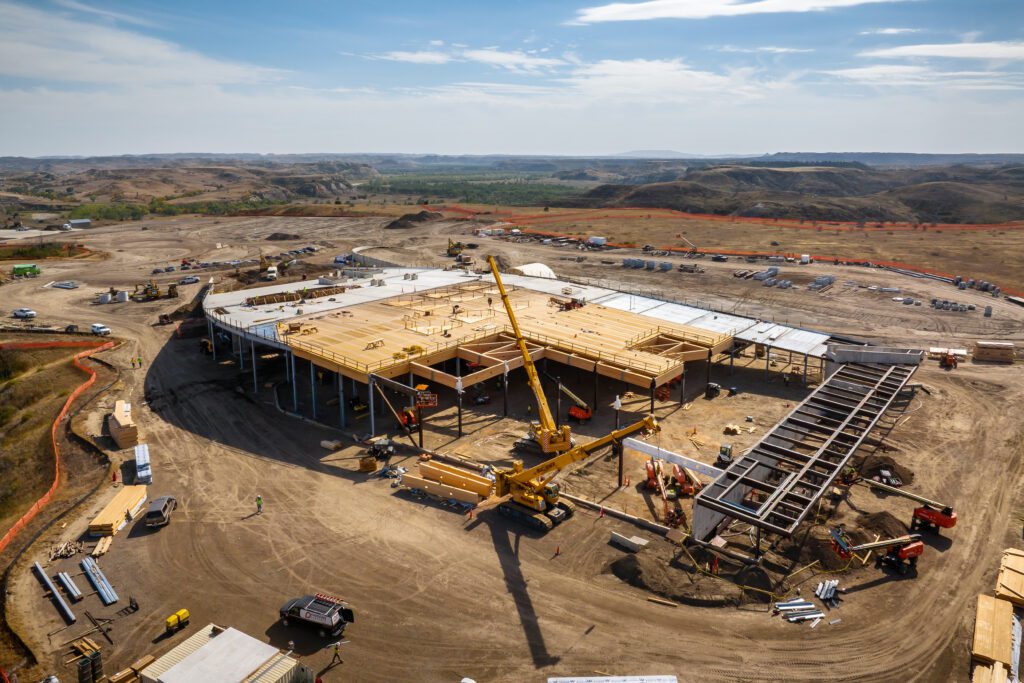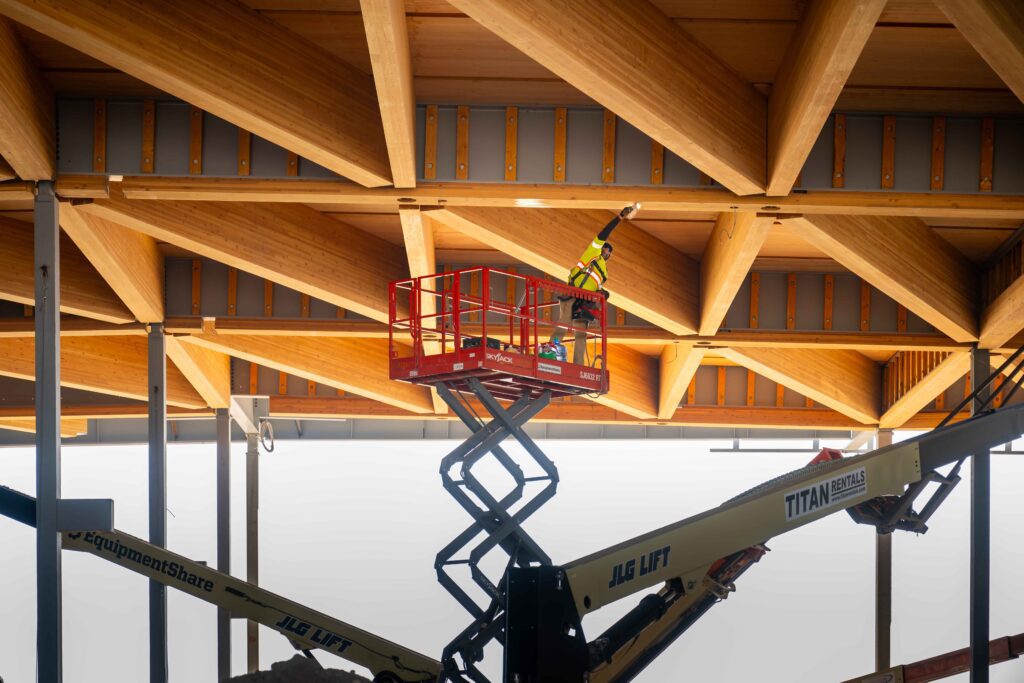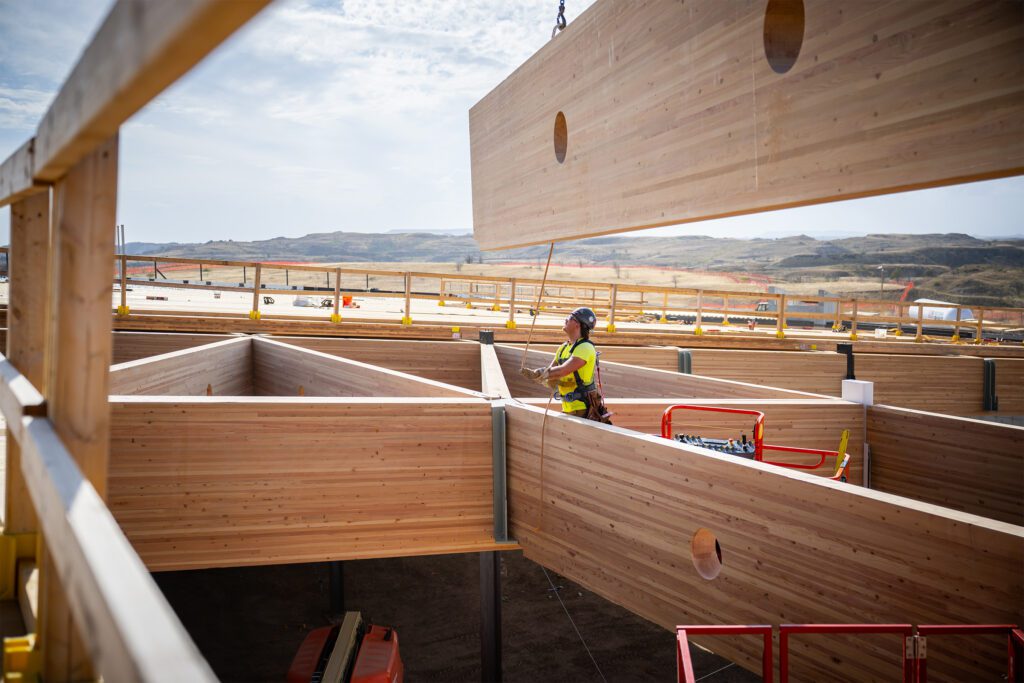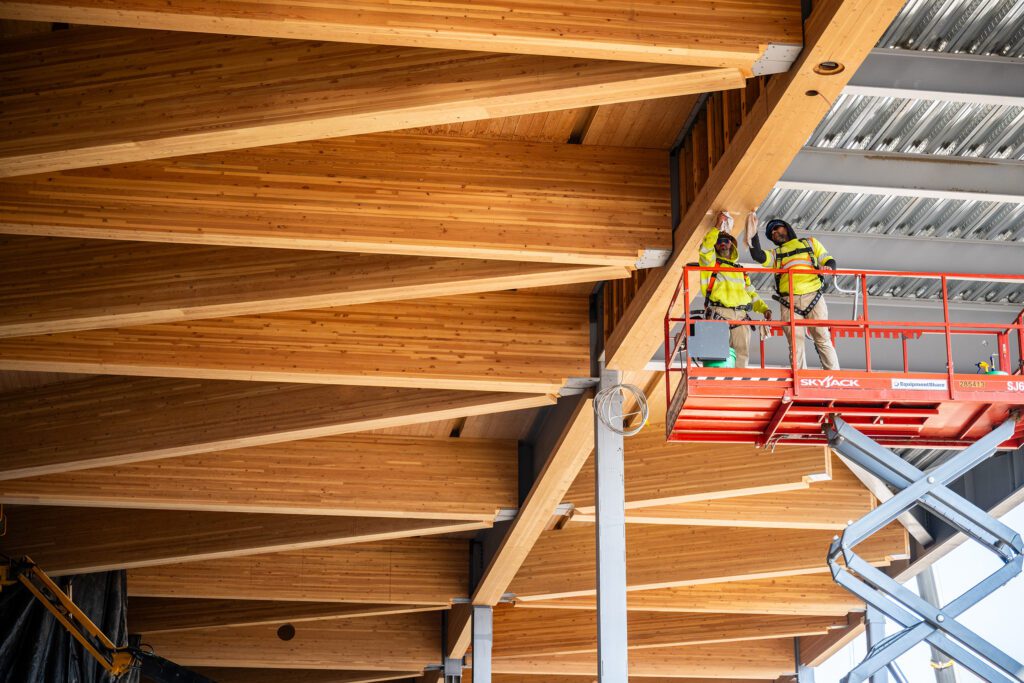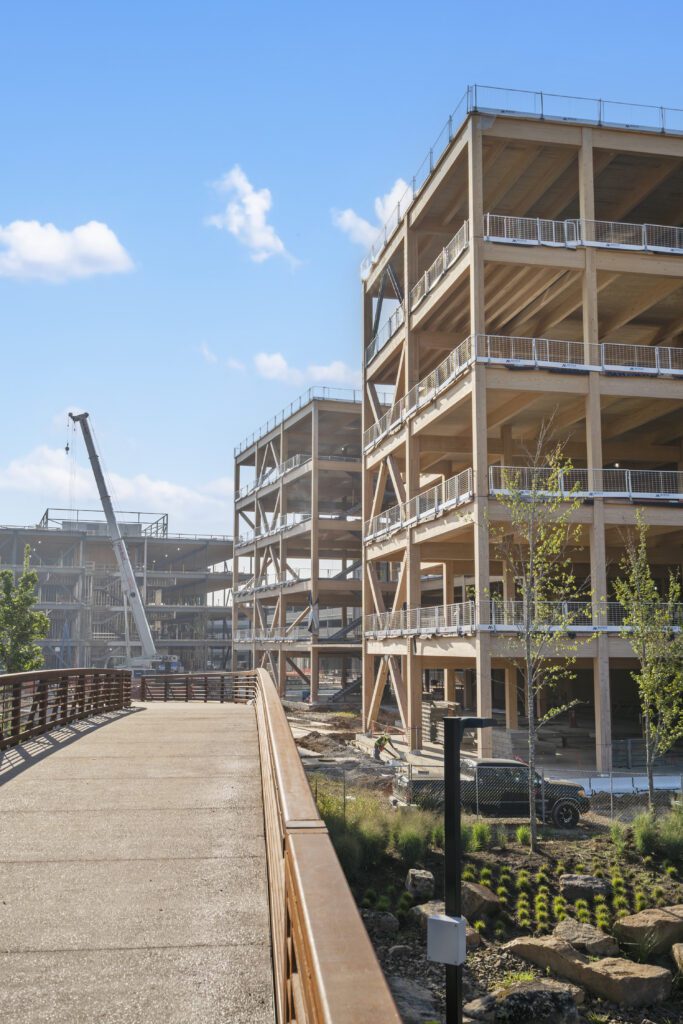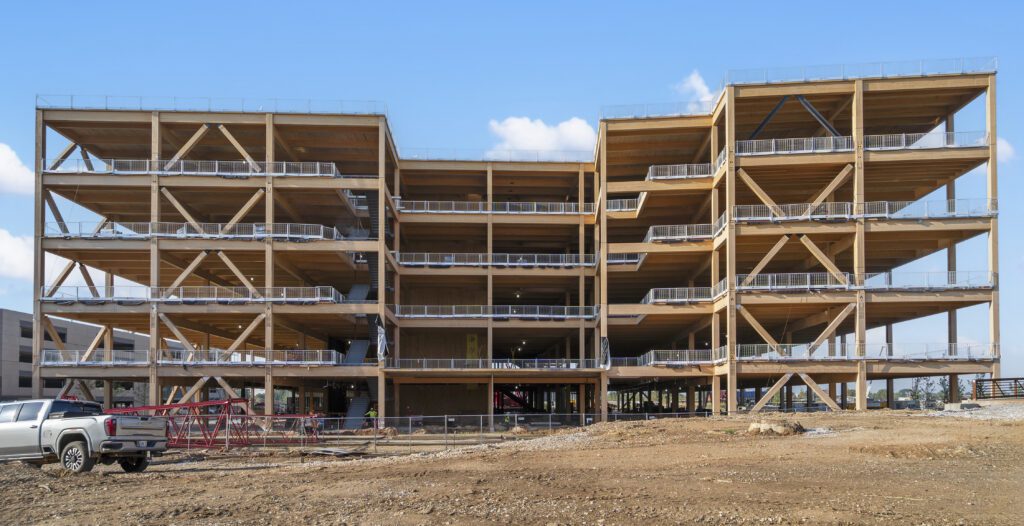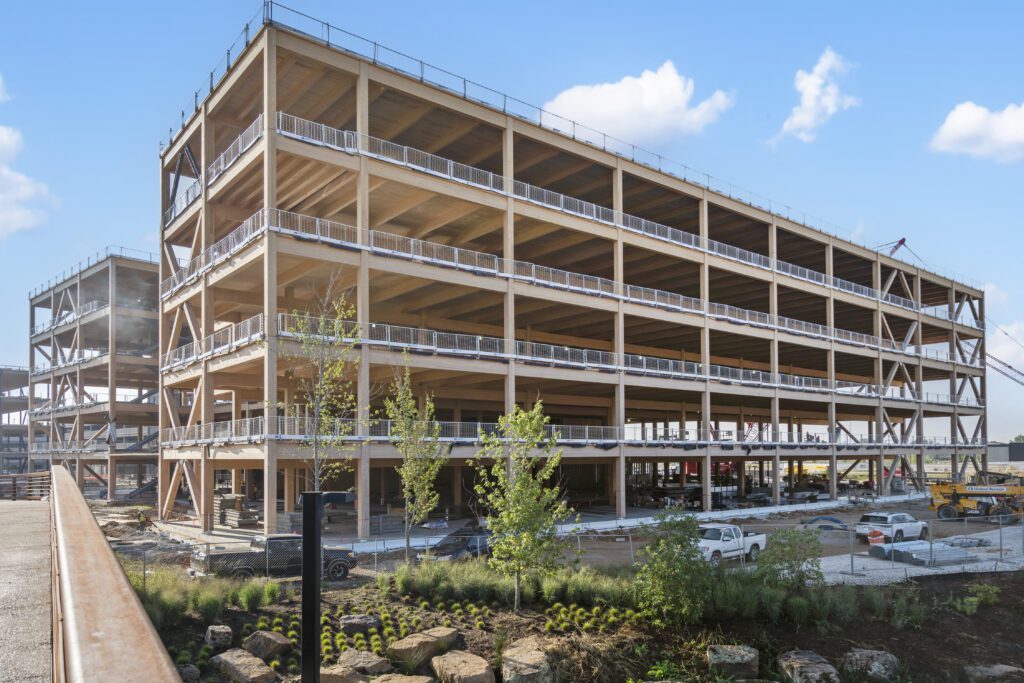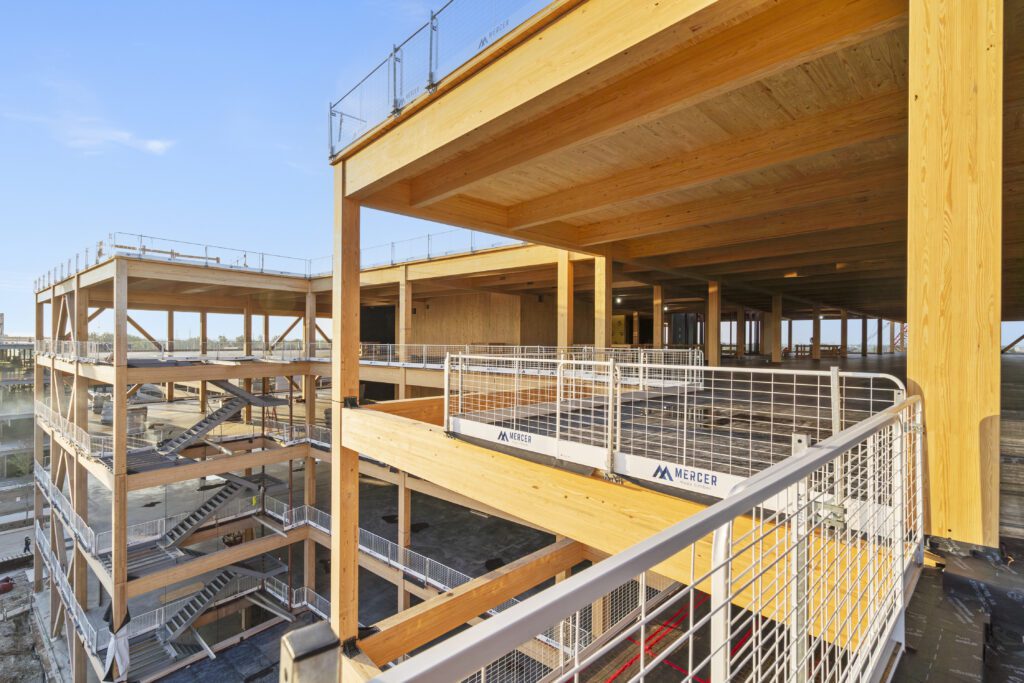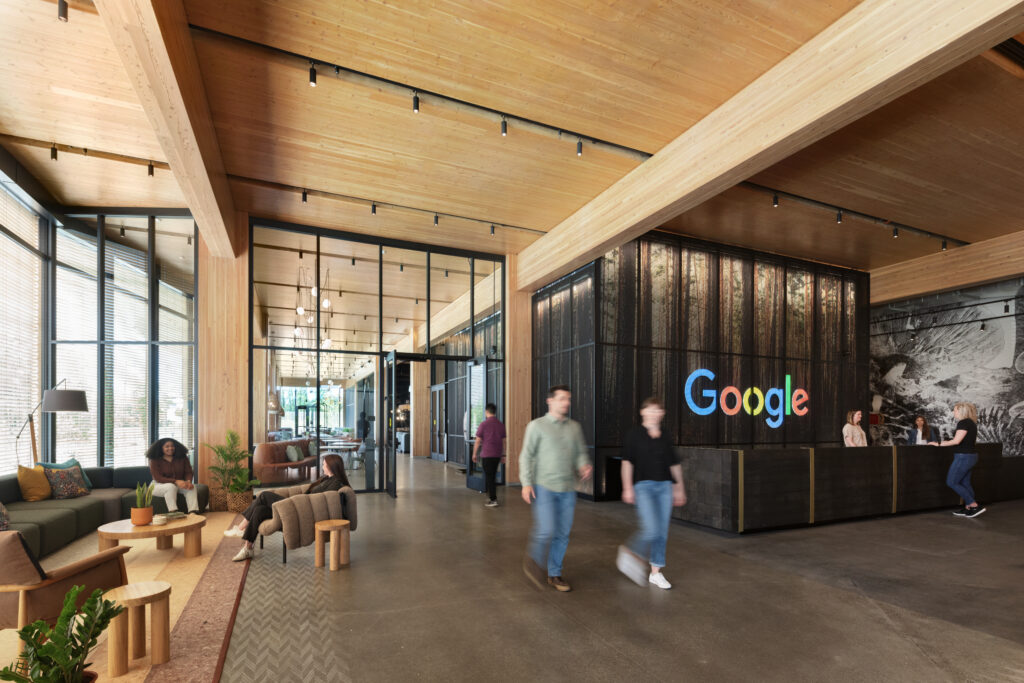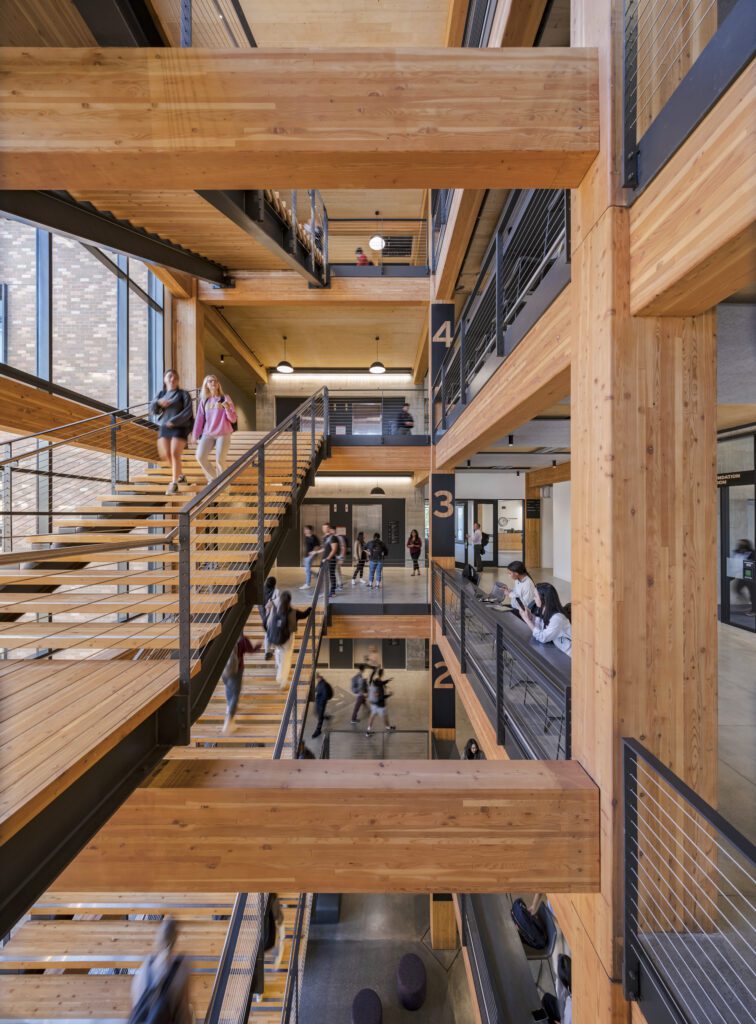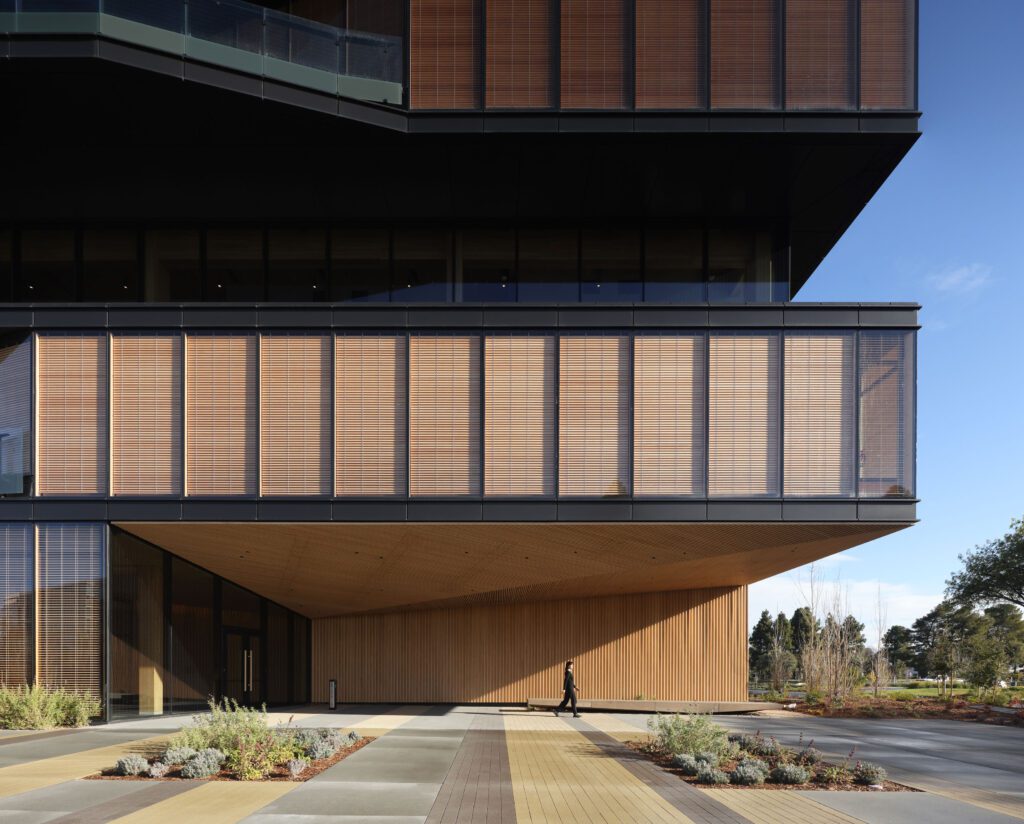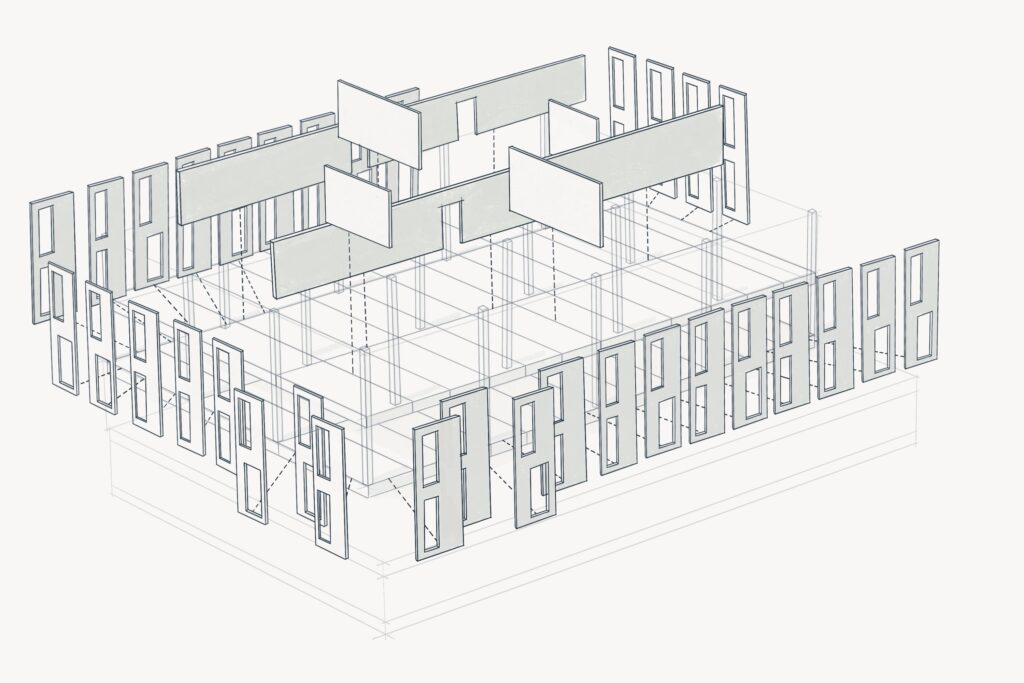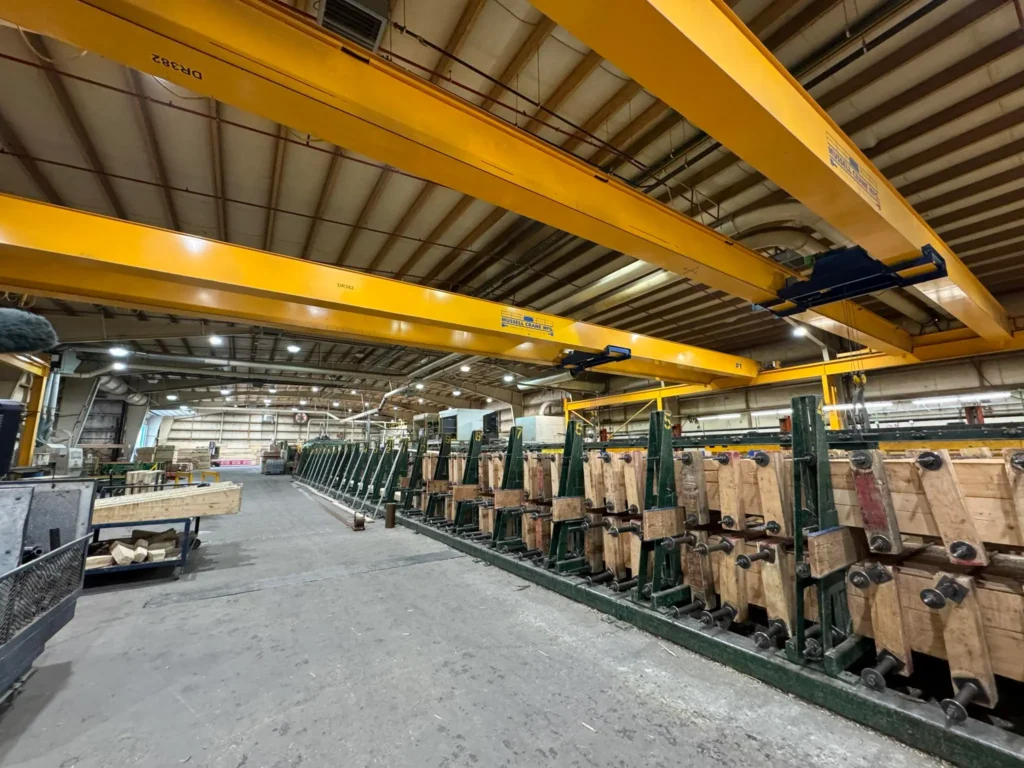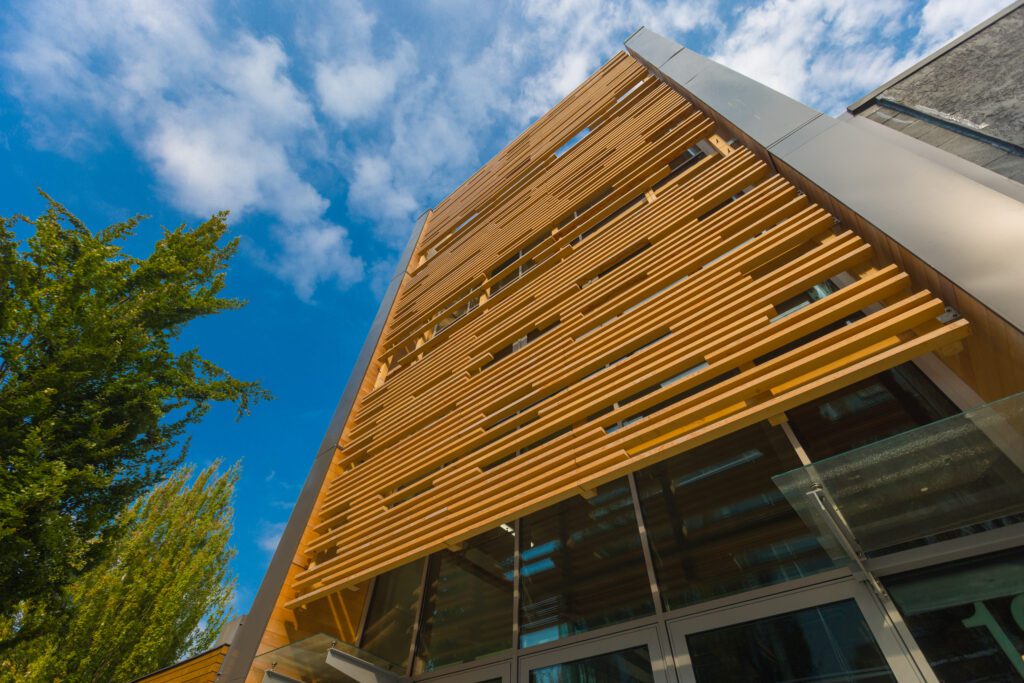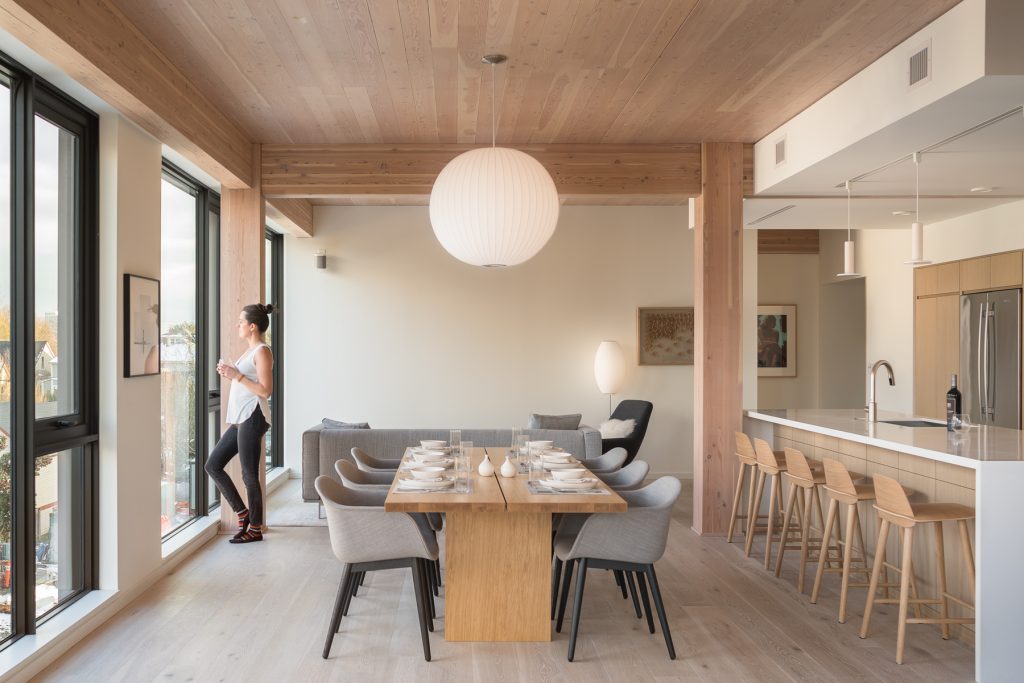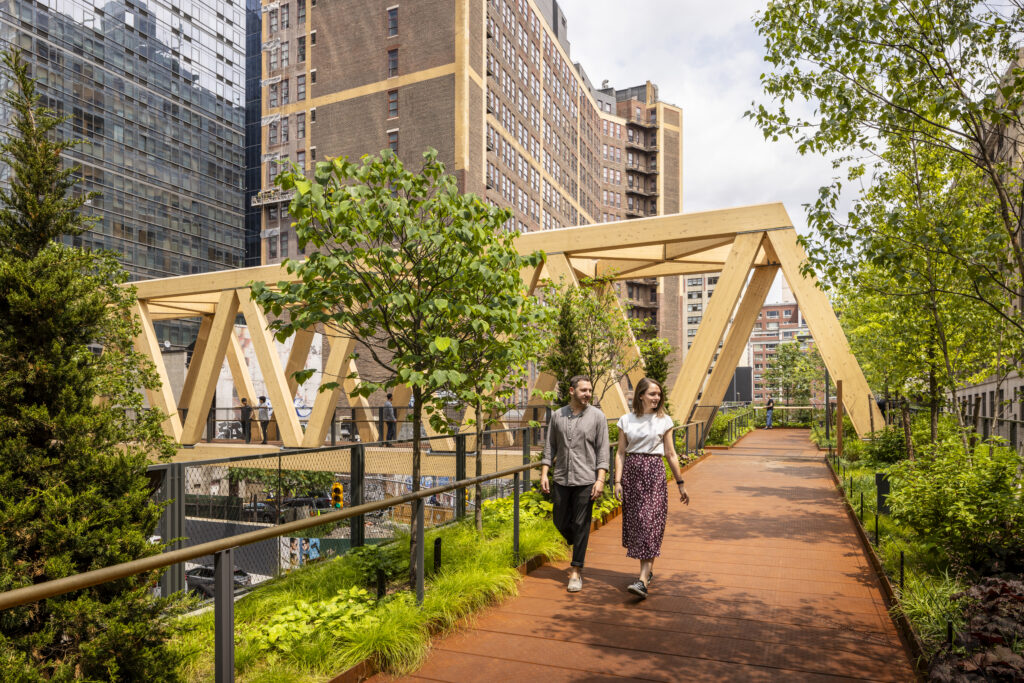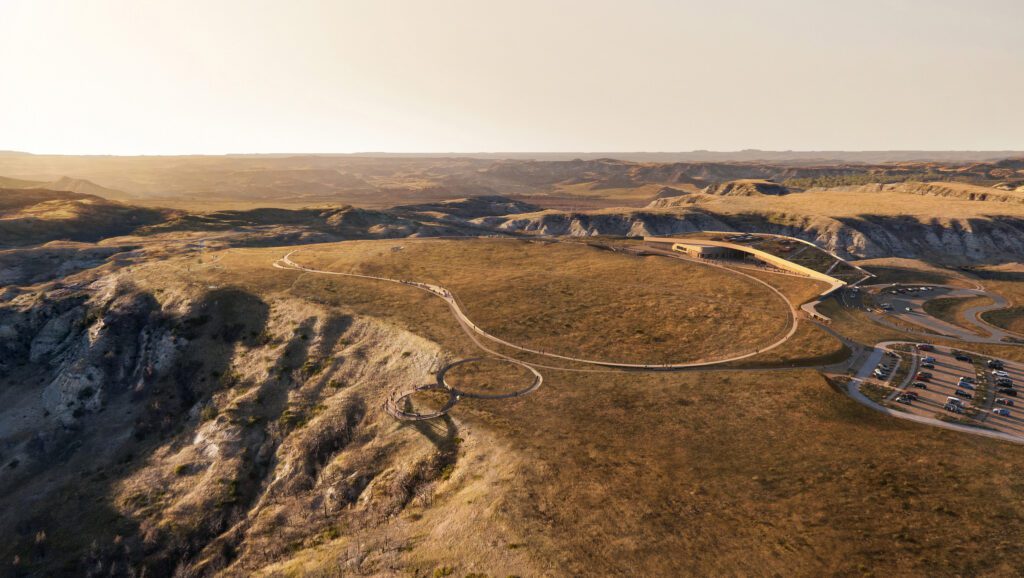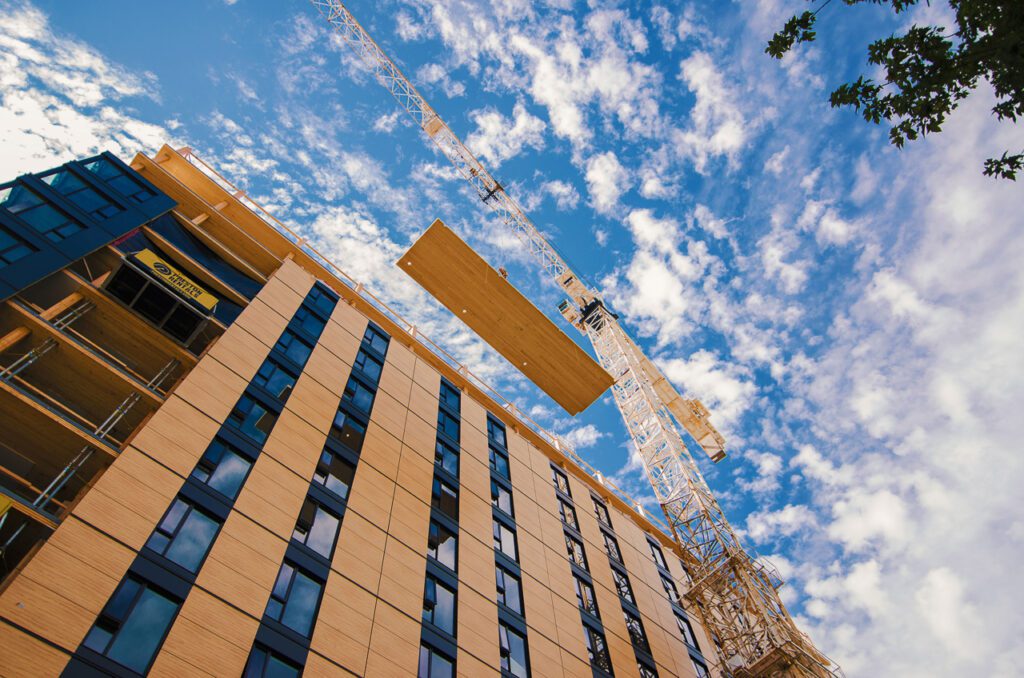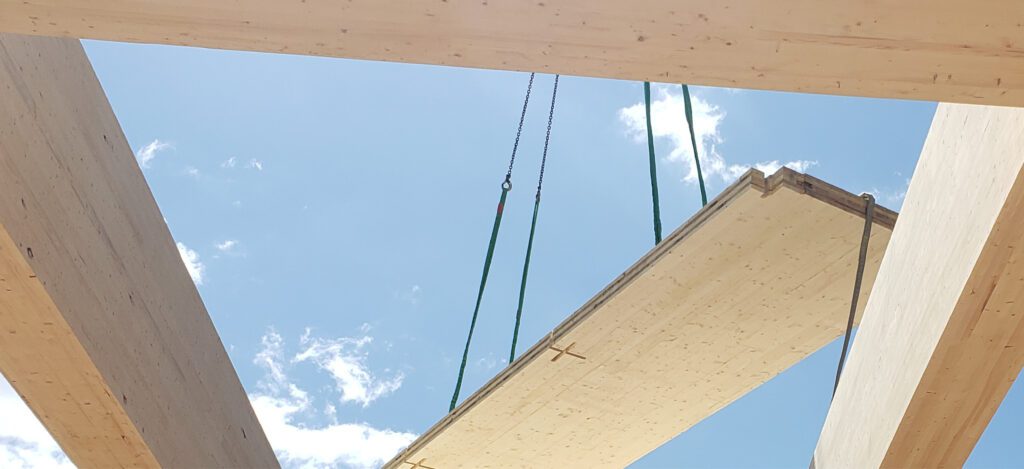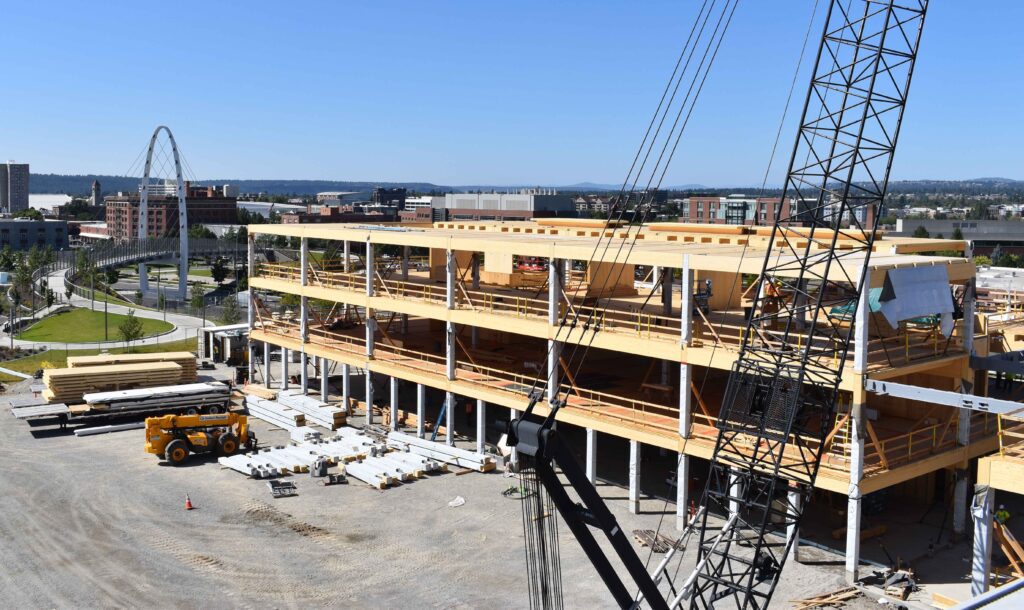Mass timber insurance is widely misunderstood. Uncover what insurers really think amid construction's innovation era.
What is DfMA, and what myths lurk within the media? Uncover the truth about DfMA and learn how mass timber is changing modular construction.
The construction industry has been historically slow to embrace change. While other sectors welcome emerging innovation with open arms, construction continues to cling to its ‘tried-and-true’ methods.
The U.S. is turning to mass timber to create affordable living spaces for city communities. Find out what makes it the perfect candidate for construction.
Is mass timber the sustainable construction material the industry’s been searching for? Uncover the vast array of benefits mass timber has to offer.
